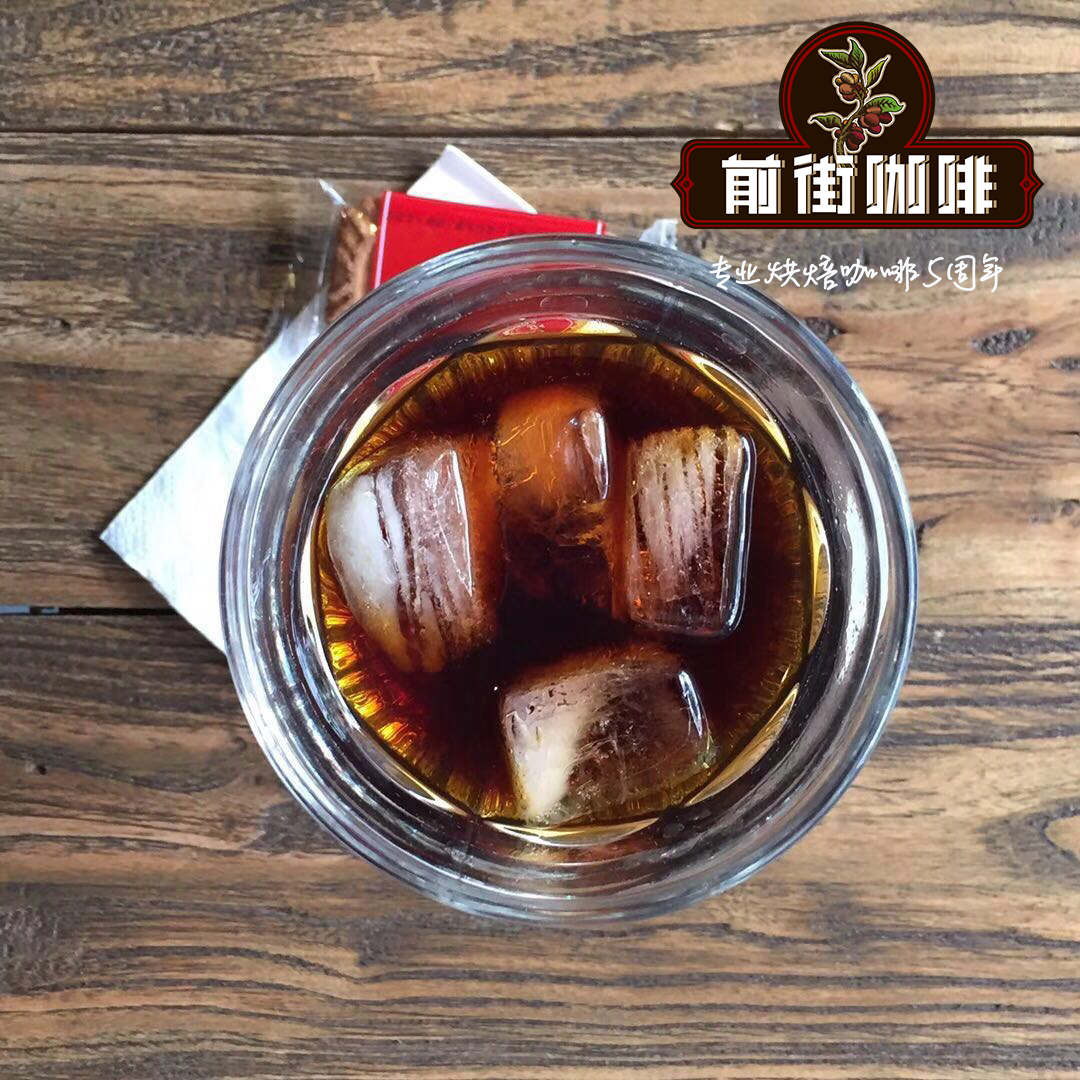History of Yemeni Coffee Development the oldest coffee is Yemeni coffee? is it produced and planted in the sea?

Professional coffee knowledge exchange more coffee bean information please follow the coffee workshop (Wechat official account cafe_style)
The Republic of Yemen is located at the southwestern tip of the Arabian Peninsula, bordering Saudi Arabia and Oman, bordering the Red Sea, the Gulf of Aden and the Arabian Sea. In May 1990, it was formed by the merger of the Arab Republic of Yemen (Northern Yemen) and the people's Democratic Republic of Yemen (Southern Yemen).
Yemen has a written history of more than 3000 years and is one of the cradles of ancient civilization in the Arab world. Yemen, one of the least economically developed countries in the world, is not self-sufficient in food and relies on imports. There are sandstorms common in the desert in summer, and desertification is becoming more and more serious due to overgrazing. The country's cotton is of good quality, a large number of exports every year, coffee planting area is also very large, occupies an important position. In recent years, the government is committed to reducing the budget deficit and government expenditure, trying to control inflation and stabilize prices.
Because the steep slopes, valleys and depressions that can be planted in the mountains are very narrow, coffee farmers adopt distributed cultivation and plant a few plants whenever there is a suitable place, regardless of wild forests, cliffs or barren valleys. Experts pointed out that the diversity of the planting environment and the diversity of microclimate have created the ever-changing aroma and acid of Yemeni coffee. Some people laugh that there are no two beans with the same taste in the same sack of Yemeni coffee, which can be called "game" boutique coffee.
This is because Yemeni coffee is scattered among cliffs, vertical valleys, depressions, fields, terraces, plateaus and mountains, and even the same varieties will give birth to different fragrant elves due to different microclimate and soil quality, not to mention the wide variety of Yemeni coffee. Seasoned Yemeni coffee farmers can tell the variety and flavor of coffee from which hills, steep slopes, terraces, villages or areas the coffee comes from. In contrast, the monotonous flavor created by soil and water can not be compared with the single landform planted on a large scale in Brazil on the same plain or hill.
Yemeni dry lack of water, coffee beans are also relatively small, bean color is light green or yellowish. After the farmers harvest the red fruit, they put it on the roof of the farmhouse and expose it to the sun for two to three weeks to let the coffee fruit dry and hard.
During this time, the pulp essence will seep into the beans in the pods to increase the flavor. For about three to six weeks, depending on the dry and hard condition of the fruit, farmers use a traditional grindstone to crush the hard pulp and pods and take out the coffee beans (Yemeni coffee is often damaged or missing, which is caused by the grindstone, in addition to its smaller grains). In addition, Yemeni coffee beans are also harder and brittle than ordinary coffee beans, and the collision in the handling process will also cause bean body breakage or damage, so the work of picking beans before baking can not be omitted, be sure to pick out these broken beans, so as not to deteriorate and affect the flavor.
Important Notice :
前街咖啡 FrontStreet Coffee has moved to new addredd:
FrontStreet Coffee Address: 315,Donghua East Road,GuangZhou
Tel:020 38364473
- Prev

What is the difference between Sakui Coffee and Rose Summer Coffee? what's the award? what's the story about how to make it?
Professional coffee knowledge exchange more coffee bean information Please pay attention to Coffee Workshop (Wechat official account cafe_style) Sakui coffee in Xidamo is very diverse in flavor, because different soil ingredients, regional microclimate and countless native coffee varieties make the coffee produced in each town area have obvious differences and characteristics. Sidamo production area (Sidama) is located in Ethiopia
- Next

Where does the flavor of coffee beans come from? where does the caramel flavor come from? what kinds of coffee beans are cooked?
Professional coffee knowledge exchange more coffee bean information please follow the coffee workshop (Wechat official account cafe_style) caramel-flavored coffee beans: Yega Sheffield aricha Yega Sherfi Red Cherry, Golden Manning, Sumatra Tiger Manning, Old Manning, Queen of Brazil, Brazil Hilado, Costa Rica
Related
- Beginners will see the "Coffee pull flower" guide!
- What is the difference between ice blog purified milk and ordinary milk coffee?
- Why is the Philippines the largest producer of crops in Liberia?
- For coffee extraction, should the fine powder be retained?
- How does extracted espresso fill pressed powder? How much strength does it take to press the powder?
- How to make jasmine cold extract coffee? Is the jasmine + latte good?
- Will this little toy really make the coffee taste better? How does Lily Drip affect coffee extraction?
- Will the action of slapping the filter cup also affect coffee extraction?
- What's the difference between powder-to-water ratio and powder-to-liquid ratio?
- What is the Ethiopian local species? What does it have to do with Heirloom native species?

